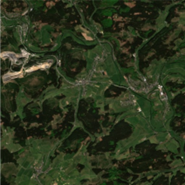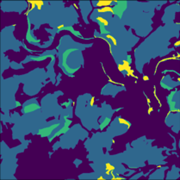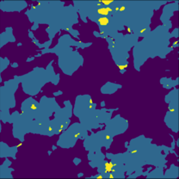Rapid global warming and associated stresses such as hurricanes, flooding and prolonged drought, together with the increased threat from parasites pose a major risk to forestry. For example, up to 3 million hectares of spruce forest growing below the 600 meters above sea level mark are at risk; this amounts to more than 25% of Germany’s forest area. These and other forest stands must be adapted to the new conditions in the long term. In order to meet this challenge, forests will have to be restructured/regenerated by their owners or the relevant administrative authorities.
There are three specific problem areas requiring decisions to be made by owners/administrators:
- Which forest stands are to be treated with particular urgency in the course of restructuring?
- Which forestry management methods, which tree species and which intraspecific varieties are particularly suitable to withstand the new climatic exigencies, and at which locations?
- How can restructuring/regeneration be carried out in such a way that the forest retains a high level of biodiversity, produces an economic yield and helps to protect the climate?
 Fraunhofer Institute for Computer Graphics Research IGD
Fraunhofer Institute for Computer Graphics Research IGD

